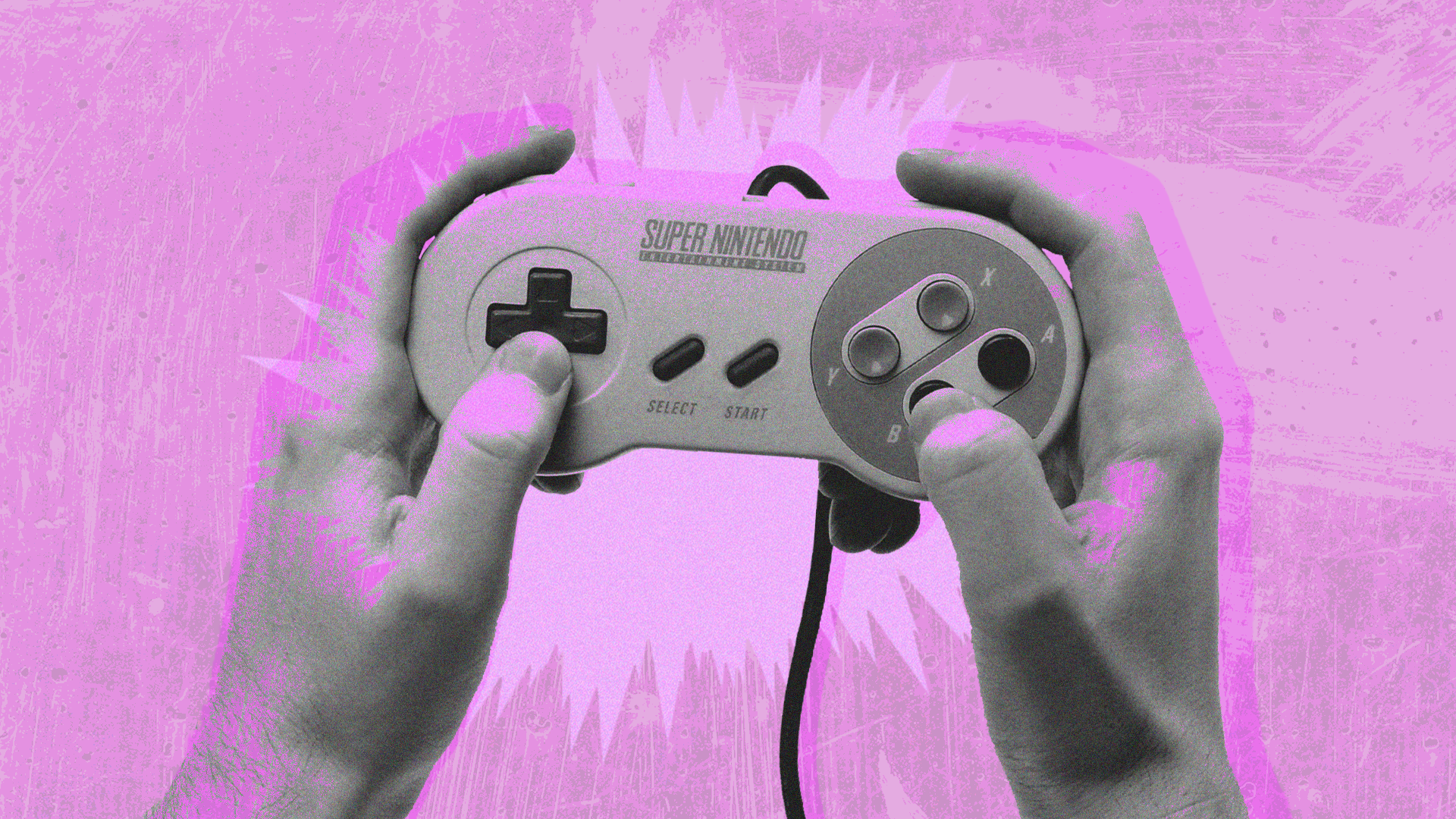In our highly-competitive working world, Gen Z are increasingly turning to video games to escape and provide themselves with simple self care.
![]()
The video game industry is the biggest entertainment sector in the world, far surpassing music and film.
In fact, the industry employs over 333,000 people and is estimated to be worth nearly $250 billion USD this year. Massive buyouts by Microsoft in the billions should also be a decent indicator as to just how much money is being thrown about by top corporations to get a slice of the gaming pie.
With such big profit margins and mass appeal, gaming inevitably has niches and caveats for every type of person. While grittier titles like Elden Ring, DOOM, and Call of Duty enjoy huge successes, so too do games on the opposite end of the spectrum, where calmness and cosyness is the priority.
Think Stardew Valley, Animal Crossing, The Sims, Planet Rollercaster, and Minecraft, to name just a few. This gaming genre usually incorporates building mechanics that allow players to express themselves creatively within an open-world sandbox. They encourage hundreds of hours of gameplay and keep their narratives fairly light and unfocused.
Gen Z loves these titles. Minecraft remains the best-selling video game of all time, with several spinoffs and a fully-fledged film having been released earlier this year. Stardew Valley, meanwhile, has sold over 40 million units despite only being developed by one person. Animal Crossing is one of the top selling Nintendo Switch games ever. Cosy games are big business when done right.
But why are they so popular with young people? Given all the entertainment choices available at our fingertips, it’s surprising to see such relaxed and easy-going games beat out plenty of big-budget competition.
One obvious explanation is that simple games with world-building at their core provide Gen Z with a means of control and stability in a world that usually offers nothing but chaos.
While navigating real-life challenges such as job hunting and budgeting are stressful, building your own world is something to do at your own pace, and every variable is tweakable. The player’s level of productivity is dictated by how much effort they want to put in and there’s no obligation to go above and beyond.
In today’s world, that is absolutely appealing.
Most of this genre is also predominantly positive and wholesome. Animal Crossing has you conversing with villagers and smacking trees for resources, for example. Planet Rollercoaster lets you design a theme park as best you can. These are simple, fun, cute tasks that push the player to sink into a much-less hostile and friendlier world. You won’t find any nagging bosses or unreasonable deadlines here.
Cute aesthetics and cosy gaming setups are no longer a niche, either.
Thanks to TikToks and Instagram Reels providing people with inspiration for their own gaming rooms, more people are jumping in without feeling intimidated. While gaming has always been predominantly a male-orientated space – especially two decades ago – the industry has since opened up to be more female-friendly and inclusive. We’ve still got a ways to go, obviously, but momentum has been growing over the past decade.
This trend is unlikely to slow down. Despite layoffs over the past two years, the industry is continuing to grow, with more Gen Zers giving gaming a try. We should expect more cosy games, greater success, and even more money generated in the coming years. Games will continue to help young people with their mental health, with no end in sight. There are certainly worse vices to have.
See also:


















